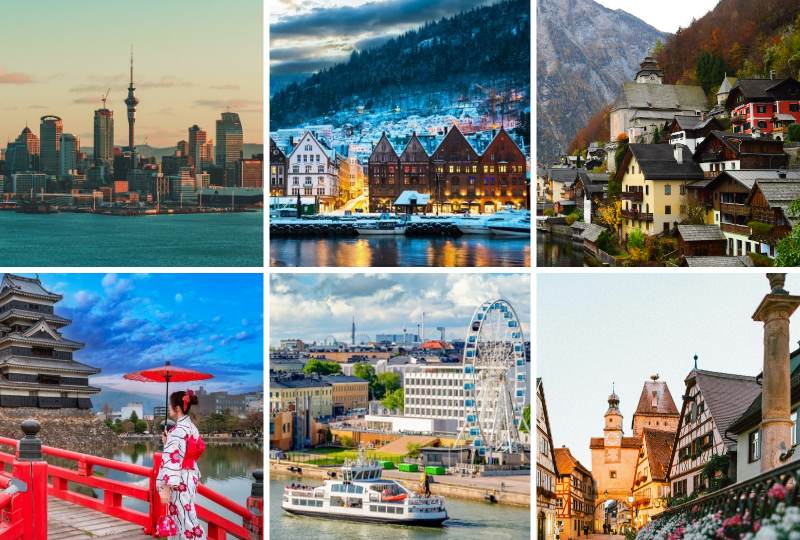Where are the best countries to live in the world? Well, when selecting the best countries to live in, consider factors like economic health, quality of life, and cost of living. GDP plays a crucial role in determining the economy and job opportunities available, which directly impact living standards. If you plan short scouting trips to compare neighborhoods and costs, reliable mobile data is essential for maps, housing portals, and messaging get unlimited data with Holafly to stay connected while you evaluate options.
The choice of the best country to reside in is highly subjective and changes depending on the needs and lifestyle choice. But in many cases, Switzerland is being mentioned as one of the best options in the world. Topped by excellent living standards, Switzerland also has an effective healthcare system, a low crime rate, and political and natural beauty. The use of cleanliness, an effective transport system, and high quality education system are also some of the elements that give the country a high reputation across the globe.
Japan, the United States, Canada, and Australia are some other nations that are usually heralded as the best places to live. All these countries have their benefits. Japan scores high above others in terms of its infrastructure development, safety, cultural heritage, and population health. Canada is very familiar with universal healthcare, immigrant-friendly policies, and a multicultural society. Australia has a laid-back lifestyle, with verdant scenery and a great outdoor life. In the meantime, the United States offers tremendous opportunities in education, innovation, and entrepreneurship, and thus serves as an appealing destination to many.
Even in the United States itself, some states can be distinguished by their high quality. Such states as Massachusetts, Connecticut, and Minnesota are often rated at the top because of their good economy, availability of quality healthcare facilities, good schools and colleges, and safety. Such states also spend a lot on public services and infrastructure, which makes them attractive to both families and professionals, as well as a retirement destination.
Top 7 Best Countries to Live in the World
| Country | GDP (USD) | Average Salary (USD) | Quality of Life Factors |
|---|
| Australia | 1.7 Trillion | 60,185 | World-class healthcare (Medicare), multicultural society, high safety, strong job market, clean environment, great education system, laid-back lifestyle, high life expectancy |
| Finland | 320–340 Billion | 51,304 | World's happiest nation, excellent education, universal healthcare, freedom of speech, tech-savvy population, clean cities, strong welfare policies, environmental sustainability |
| Japan | 4.4–4.5 Trillion | 32,000–34,000 | Ultra-low crime rate, highly efficient public transport (Shinkansen), clean infrastructure, rich cultural traditions, excellent healthcare system, technological innovation |
| Austria | 520–550 Billion | ~54,000 | Free university education, state-funded healthcare, low crime rate, high political stability, clean and scenic cities, efficient public transport, rich arts and culture |
| New Zealand | 252 Billion | 36,000–42,000 | Outstanding natural beauty, low population density, strong healthcare and education, relaxed lifestyle, outdoor living, transparency in governance, low corruption |
| Norway | 600–650 Billion | 60,000–66,000 | One of the highest GDP per capita, top-notch healthcare and education, environmental commitment, gender equality, stunning landscapes, generous parental leave policies |
| Germany | 4.5–4.7 Trillion | 54,000–57,000 | Strong economy, excellent job market, free education, universal healthcare, modern infrastructure, innovation hub, great public services, high cultural diversity |
1. Australia

GDP: USD 1.7 Trillion
Average Salary: USD 60,185
Healthcare: Australia offers universal healthcare through its Medicare system.
Education: The country is home to high-quality public and private educational institutions.
Infrastructure: It has well-developed roads, public transport, and modern digital services.
Opportunities: Strong job market, especially in healthcare and technology sectors.
Lifestyle: Australia promotes a multicultural, safe, and relaxed outdoor lifestyle.
Family-Friendly: Families benefit from great schools, parks, and social support programs.
Australia is always ranked among the best countries to live in due to a blend of crucial factors, including, high standard of living, personal well-being, and overall life satisfaction. Australia has a world-class healthcare system known as Medicare, which offers free or low-cost access to medical services for residents.
Australia supports a multicultural and inclusive society, welcoming people from all over the world. Moreover, the employment rate in Australia is quite high.
2. Finland
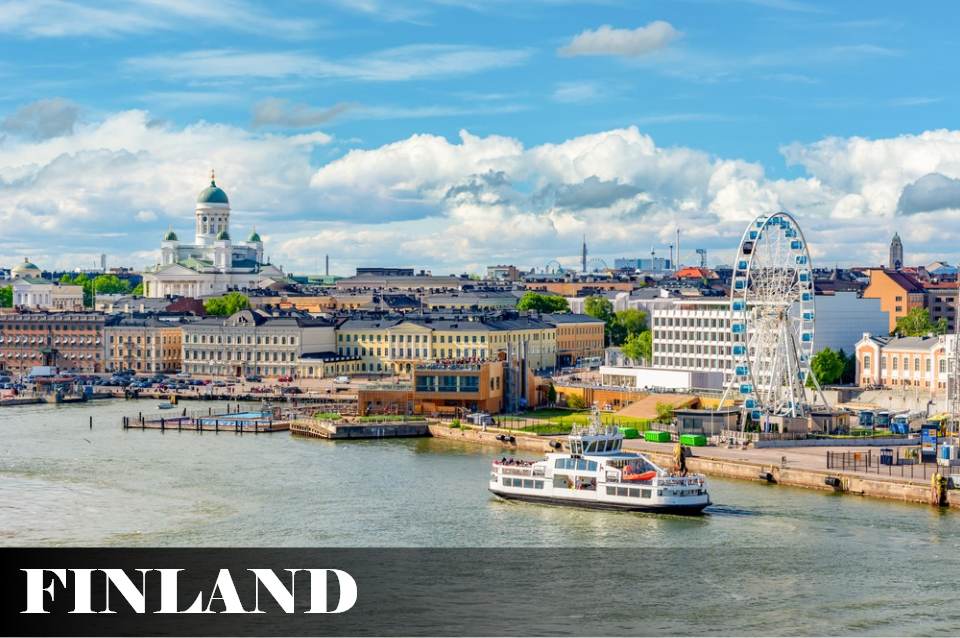
GDP: USD 320–340 Billion
Average Salary: USD 51,304
Healthcare: Finland provides universal, state-funded healthcare.
Education: Known for tuition-free universities and a globally ranked school system.
Infrastructure: Digitally advanced, with excellent internet and e-governance.
Opportunities: Strong presence in technology, green energy, and education sectors.
Lifestyle: Clean, quiet, and eco-conscious society with a high happiness index.
Family-Friendly: Offers long parental leave, child support, and family benefits.
Finland is considered among the happiest and most amazing places to live. Their government is so flexible that everyone has freedom of speech, and people can practice their religion freely and peacefully. Finland’s economy is advanced and diversified, with key sectors including technology, manufacturing, clean energy, forestry, and education. It’s also known for its innovation in digital and green technologies.
Finland's weather is another factor that is most liked by people and tourists. It has stunning infrastructure and one of the most digitized economies in the world, with high-speed internet, e-governance, and a population highly skilled in technology.
3. Japan

GDP: USD 4.4–4.5 Trillion (3rd largest globally)
Average Salary: USD 32,000–34,000
Healthcare: Affordable and universal, with top-class hospitals and doctors.
Education: Highly disciplined and competitive education system.
Infrastructure: Exceptional public transport, including bullet trains (Shinkansen).
Opportunities: Leading in robotics, electronics, and manufacturing.
Lifestyle: Respectful, clean, and culturally rich society.
Family-Friendly: Extremely safe, with child-focused policies and schooling.
Japan is the safest country in the world, with extremely low crime rates. There are many live examples when you leave your phone or wallet on the table, no one dares to even touch it.
It has world-class infrastructure with efficient public transportation systems on the planet.
The Shinkansen (bullet train) is a popular train for its speed and punctuality. Roads, airports, and subways are modern, safe, and clean. Japan offers universal healthcare with some of the world’s best medical facilities and highly trained doctors. The system is affordable, and both preventative and specialist care are widely available.
4. Austria
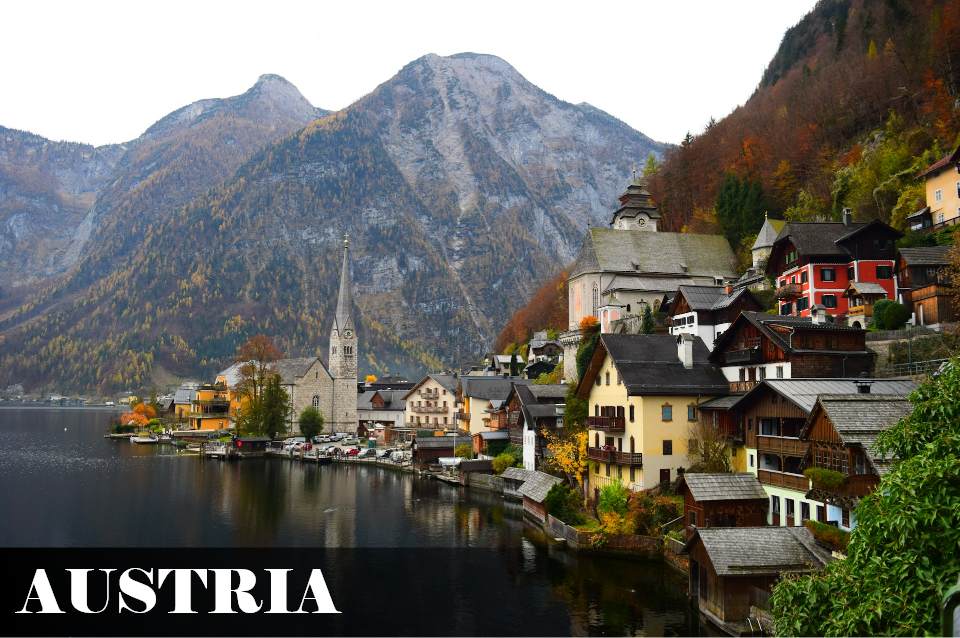
GDP: USD 520–550 Billion
Average Salary: Approx. USD 54,000
Healthcare: Offers high-quality, state-funded healthcare.
Education: Free access to public universities and strong school system.
Infrastructure: Clean cities, reliable transport, and energy-efficient planning.
Opportunities: Opportunities in tourism, environment, manufacturing, and tech.
Lifestyle: A blend of old-world charm and modern living, especially in Vienna.
Family-Friendly: Subsidized childcare, education support, and safe environment.
The exceptional perks of living in Austria, such as the state-funding of a high-quality healthcare system, high-quality education (especially free tuition in universities) and low crime rate, and a popular public transportation system, make it one of the best countries to live in. It has a high level of outdoor activity and environmental awareness because the country is renowned for its political stability, clean cities, and breathtaking natural landscapes, including the Alps.
As the capital, Vienna has repeatedly been listed as one of the most livable cities in the world because of its diversity in culture, cost, and opportunity to have safety and the availability of green spaces. Austria is a modern world blended with old world charm, providing the residents with a healthy, balanced, and fulfilling way of life.
5. New Zealand

GDP: USD 252 Billion
Average Salary: USD 36,000–42,000
Healthcare: Publicly funded healthcare system available to all residents.
Education: High-standard public and private schools, plus universities.
Infrastructure: Ongoing improvements in transport and energy sectors.
Opportunities: Job growth in tourism, agriculture, and sustainability sectors.
Lifestyle: Relaxed, nature-loving, with strong community values.
Family-Friendly: Safe for children, strong support for working parents.
New Zealand is exceptional in its natural landscape, which provides the residents with easy access to the beaches, mountains, and forests, hence enabling an active and outdoor life. The country is characterized by high safety, political stability, a low rate of crime, in addition to a transparent government. Public goods, including healthcare and education, are of high quality, and the culture upholds great work-life balances with a shorter working week and allowances for great vacations.
6. Norway
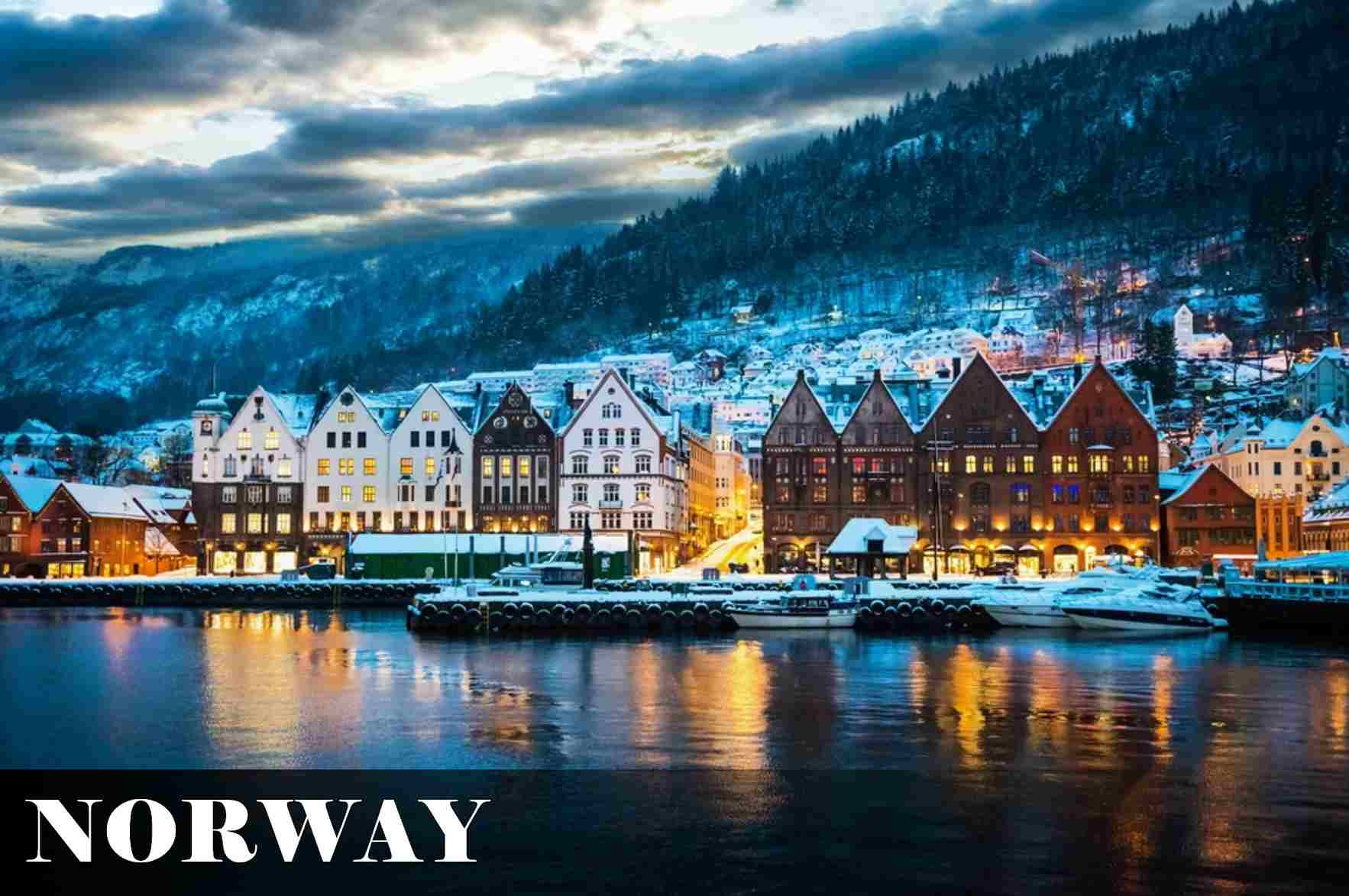
GDP: USD 600–650 Billion
Average Salary: USD 60,000–66,000
Healthcare: Universal, high-quality healthcare for all residents.
Education: Free education at all levels, including higher education.
Infrastructure: Smart cities, clean energy, and strong public transport.
Opportunities: Thriving in oil, renewable energy, maritime, and digital sectors.
Lifestyle: Tranquil, clean, and deeply connected to nature.
Family-Friendly: Among the best globally for parental leave, childcare, and equality.
Norway is a country with a mixture of natural beauty, social equality, economic welfare, and a firm devotion to public welfare. Not only does it give people a financially secure life, but also a highly meaningful, balanced, enjoyable life, which could not be promised in most other countries, due to its high GDP per head, good average wages, and great welfare that people are offered by the state. Norway has a rich quality of life, no matter where your interest lies, whether it is working, family, or nature, Norway has one of the best lifestyle solutions.
7. Germany
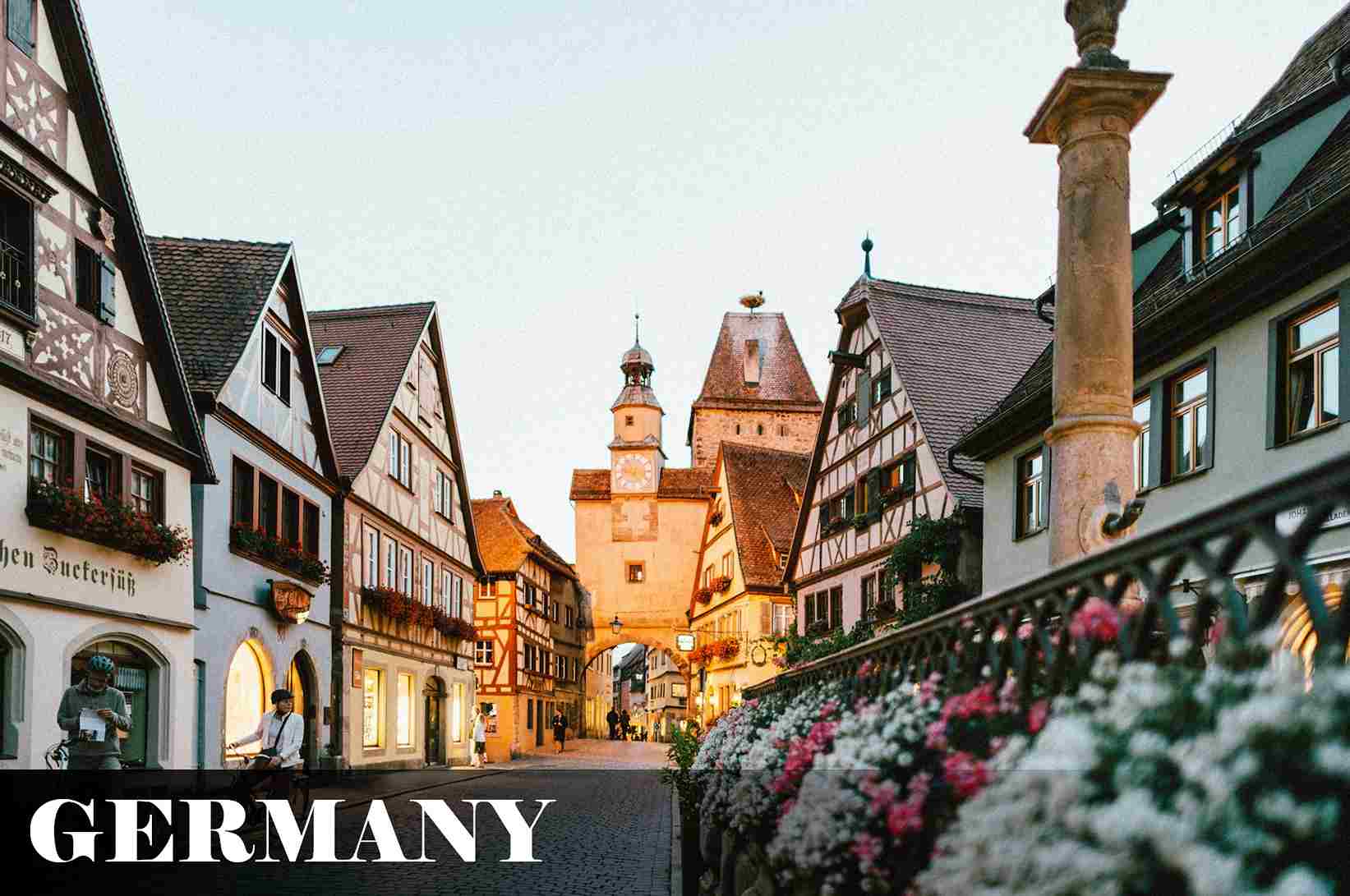
GDP: USD 4.5–4.7 Trillion (Europe’s largest economy)
Average Salary: USD 54,000–57,000
Healthcare: Comprehensive universal healthcare, ranked among the best.
Education: Free public university education and vocational training.
Infrastructure: High-speed trains, digital systems, and efficient city planning.
Opportunities: Leading job market in engineering, science, and technology.
Lifestyle: Balanced, secure, and enriched by arts and culture.
Family-Friendly: Offers excellent childcare, education, and family leave benefits.
Germany provides a secure, prosperous, and rewarding lifestyle on the foundations of economic power, state welfare, and cultural intensity. Being among the highest GDPs, with attractive salaries, free education, and one of the best health care systems in the world, it is a dream destination for professionals, families, and students. Be it career development, good education, or a secure and healthy lifestyle, Germany offers whatever is needed to live a modern, comfortable life.
Frequently Asked Questions (FAQs)
1. What are the best countries to live in the world?
- Japan
- Germany
- Norway
- Australia
- Austria
- Finland
2. What is the best state to live in?
Utah is ranked as the best state to live in according to World’s Report’s ranking. It has many beautiful places to live, from Salt Lake City to amazing towns such as Midway.
3. What state is very beautiful?
Kerala is considered the most beautiful state in India, where its enchanting valleys captivate the hearts of all who visit.





